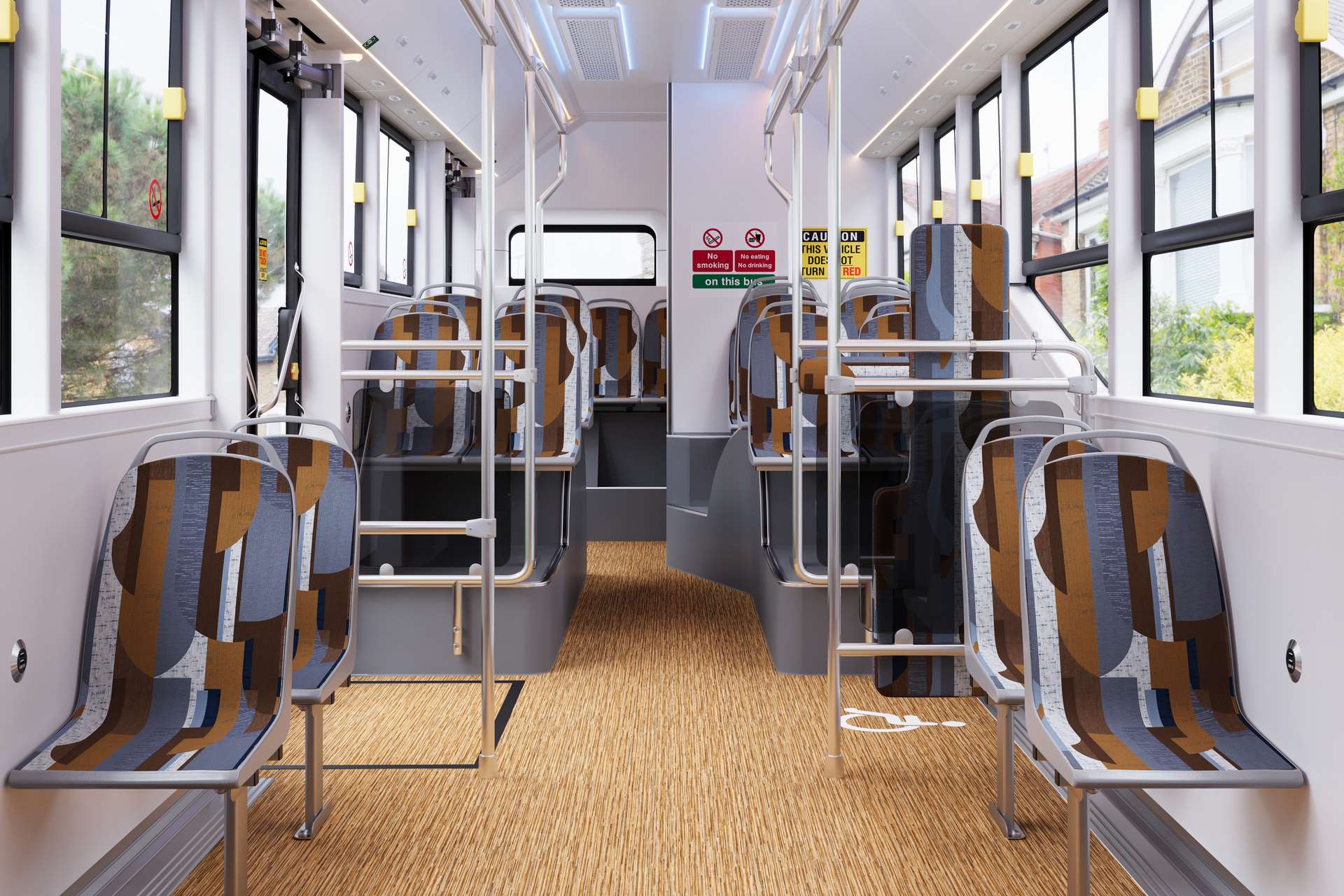
Can't see the region you're looking for? You can find a list of our global locations here
Discover how to fine tune your floors to fine tune your fleet in our Technical Performance guide.
Download nowZero emission vehicles are noticeably quieter in operation than their internal combustion engine (ICE) counterparts. The introduction of electric powertrains has altered the type of sound experienced by passengers during their journey meaning the need for a new approach to acoustics. Fortunately, Altro’s latest collection of bus floors sound as good as they look.


Historically acoustic insulation in flooring has been measured from the perspective of impact sound. This refers to sound emanating directly from physical contact between two or more entities such as footsteps on the floor, and the transmission of the resulting vibrations through physical materials. However, as internal combustion engines are replaced by zero emission powertrains, the spectrum of sounds encountered by passengers has gradually shifted towards higher-frequency sounds, such as those produced by inverters, which are best captured through airborne sound insulation, as opposed to impact sound insulation.

The nerves in the human ear are typically dominated by higher pitch tones, so – while seemingly quieter overall – the higher frequency sounds in EVs are more likely to be the prominent noise detected by the travelling passengers. In many cases these will be sounds produced by the vehicle in operation or noise outside the bus which were previously masked by the consistent noise and vibration of an ICE.
Acoustic materials can also offer one level of sound reduction at a low frequency and another amount at a higher frequency. To achieve the best results possible, it is best to target the most dominant sound frequency to achieve an overall quietening of noise. Altro’s latest collection has been purposely developed to address sound at a wide range of frequencies with a specific focus on high frequency airborne sound which is prominent on board zero emission buses.

To ensure our floors provide maximum acoustic performance across a range of substrates, Altro has worked with leading industry acousticians to test and refine sound insulation. Floor coverings most frequently refer to ISO 717-2 when discussing acoustic performance. This test method uses drop hammers to measure impact sound. However, the test is indicative of the noise transference of structural sound through a material to the space below. When considered in the context of a bus most structural sound assumes an opposite directional path with vibrations rising up through the chassis as opposed to down through the floor.
With mid- to high-frequency airborne sound being the increasingly prominent noise audible on zero emission buses, it is critical that acoustic materials are tested to the most appropriate standard. Altro’s latest compact- and full-acoustic bus floors are tested to ISO 717-1 – a test which measures insulative performance against airborne sound. This test considers a range of sounds emanating from both inside and outside a vehicle making it a more relevant measure for interior acoustics.

A resilient 2.2mm compact bus floor available in 25 contemporary designs including 14 wood options.

A lightweight 2.85mm compact-acoustic bus floor available in 12 contemporary designs including 7 wood options.

A 3.9mm full-acoustic bus floor available in 8 contemporary designs including 5 wood options.